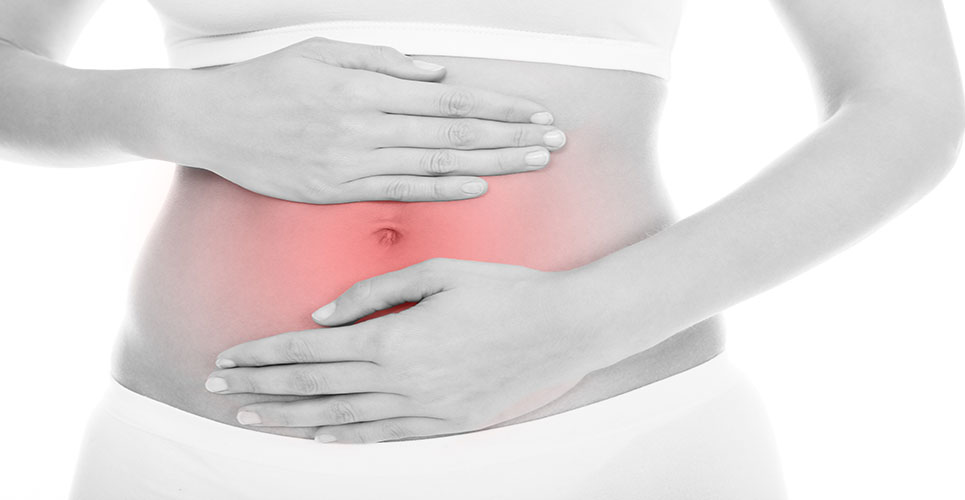Janssen-Cilag International NV has announced new two-year data from the ongoing IM-UNITI long-term extension (LTE) study evaluating the efficacy and safety of subcutaneous (SC) Stelara® (ustekinumab) in patients with moderate to severe Crohn’s disease.
The data presented at the 12th Congress of the European Crohn’s and Colitis Organisation (ECCO) showed that treatment with ustekinumab maintained clinical response and remission for up to two years with no new safety signals observed.1
Janssen-Cilag International NV has announced new two-year data from the ongoing IM-UNITI long-term extension (LTE) study evaluating the efficacy and safety of subcutaneous (SC) Stelara® (ustekinumab) in patients with moderate to severe Crohn’s disease.
The data presented at the 12th Congress of the European Crohn’s and Colitis Organisation (ECCO) showed that treatment with ustekinumab maintained clinical response and remission for up to two years with no new safety signals observed.1
“Maintaining control of disease symptoms is paramount in the treatment of Crohn’s disease. The two-year clinical response and remission rates from the IM-UNITI study provide further evidence that ustekinumab can be an effective therapeutic option for people living with this chronic and often debilitating disease,” said Professor William Sandborn, MD, UC San Diego Health System, Gastroenterology Chief.
Of the 1281 patients enrolled in the maintenance study, 397 patients who achieved a response to ustekinumab at week 8 following an induction phase were randomised to receive SC ustekinumab 90mg every 8 weeks (Q8W) or every 12 weeks (Q12W), or placebo during a maintenance (0–44 week) period, before entering the LTE (44–252 week) period. A one-time dose adjustment to ustekinumab 90mg Q8W was permitted in patients in the randomised group who met loss of response criteria between weeks 8–32. Clinical efficacy data were collected every 12 weeks and safety data were collected every 4 weeks from the end of the maintenance trial (week 44) until the maintenance study was unblinded and then at Q8W or Q12W dosing visits during the LTE period; data at week 92 are reported here.
Among randomised patients who entered the LTE period and continued to receive ustekinumab through week 96, 79.2% of patients receiving ustekinumab Q12W and 87.1% of patients receiving ustekinumab Q8W were in remission, while 90.9% of patients and 94.3% of patients showed clinical response at week 92, respectively. Among all ustekinumab-treated patients who continued to receive ustekinumab through week 96, remission and response rates at week 92 were 70.7% and 84.7%, respectively (as observed).
Safety event rates per 100 years of follow up were comparable in ustekinumab-treated patients compared to placebo-treated patients from week 44 through to week 96. Among all ustekinumab-treated patients, there were two deaths (sudden death, asphyxia). There were two NMSC (non-melanoma skin cancer) malignancies reported between weeks 44 and 96, a seminoma in a ustekinumab-treated patient and a papillary thyroid cancer in a placebo-only-treated patient.1
“The 96 week data from the IM-UNITI study complement data previously presented from the UNITI programme. We look forward to sharing future results from the UNITI programme, and remain committed to improving overall outcomes for people living with Crohn’s disease,“ said Frederic Lavie, EMEA Therapeutic Area Leader Immunology, Cardiovascular and Metabolics, Janssen.
Reference
- Sandborn W et al. Long term efficacy and safety of ustekinumab for Crohn’s disease: Results from IM-UNITI Long-Term Extension through 2 years. Annual Congress of the European Crohn’s and Colitis Organisation (ECCO 2017); 15-18 February, 2017; Barcelona, Spain; Abstract A-1285.

